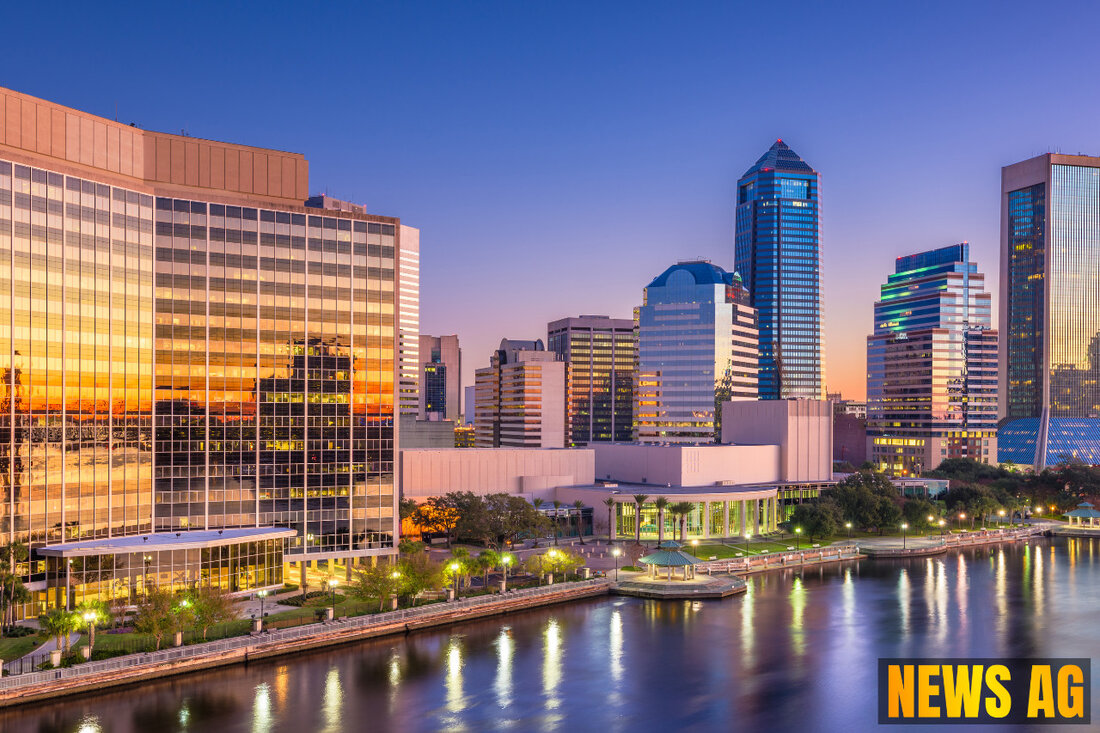Florida National Guard Pushes for Expansion to Meet Growing Needs
Discover how Lt. Governor Jay Collins supports the Florida National Guard's expansion to meet increasing state demands and disasters.

Florida National Guard Pushes for Expansion to Meet Growing Needs
On August 15, 2025, a vital meeting unfolded at the Jacksonville Air National Guard Base, drawing local, state, and federal representatives together to discuss the future of the Florida National Guard (FLNG). As Col. Jason Hunt pointed out, the unprecedented nature of this assembly underscores the pressing need for growth within the FLNG. Currently, Florida ranks a disheartening 53rd out of 54 states and territories in terms of the Guardsmen-to-citizen ratio, a fact that ought to raise eyebrows among residents and officials alike. With Florida’s population exceeding 23 million, it’s clear that enhancements in manpower and resources are essential to ensure effective response and recovery during disasters, a frequent occurrence in this disaster-prone state.
Florida, known for its peninsular geography, boasts the longest coastline in the contiguous U.S., stretching approximately 1,350 miles. The state is bordered by the Gulf of Mexico to the west and the Atlantic Ocean to the east, making it a prime candidate for both recreational tourism and, unfortunately, natural calamities like hurricanes. Indeed, the FLNG has been a stalwart partner in mitigating these disasters, logging over 3.3 million workdays in state emergency operations since the onset of COVID-19—more than in the previous 28 years combined, as reported by DVIDS Hub.
State Challenges and Solutions
The discussions highlighted the overarching theme—a desperate need for an expansion of the FLNG to meet Florida’s operational demands. As Congressman John Rutherford articulated, the current cap of 12,000 Soldiers and Airmen, established against population models dating back to 1958, simply does not cut it. With Florida’s population skyrocketing over 400% since then, it’s no wonder Lt. Governor Jay Collins voiced support for adjusting the FLNG’s size to better reflect contemporary demographic realities.
Moreover, the nature of the job is demanding. The average FLNG member currently serves 106 days a year, nearly three times the required 39 days. It’s clear that the operational workload has increased significantly, leading some to voice concerns over the FLNG’s capacity to adequately protect Florida’s citizens with an undersized force. Maj. Gen. John Haas pointed out that Florida possesses a substantial recruitable population, indicating a golden opportunity for growth if resources and policies align appropriately.
A Growing State with Growing Needs
Florida’s diverse population, demographic changes, and economic muscle further underscore the necessity for a robust National Guard. The state’s economy, with a gross state product of $1.647 trillion, thrives on sectors like tourism, agriculture, and real estate. Attractions like Walt Disney World and the Kennedy Space Center emphasize the importance of maintaining a secure environment. Meanwhile, local economies flourish in cities such as Miami, Jacksonville, and Orlando, further driving the need for a capable response team in the face of challenges.
Geographically, Florida is a low-lying state with various physiographic regions, from coastal lowlands to the unique ecosystems of the Everglades. Each of these regions presents its own challenges during disasters, and the FLNG is often first on the scene to assist in rescue and recovery operations, underlining the importance of having a well-staffed and well-equipped National Guard.
As the dialogue surrounding the future of the Florida National Guard continues, it highlights a critical juncture for the state. The demand for enhanced force structure isn’t just about meeting quotas; it’s about ensuring safety and resilience in a state that’s as beautiful as it is vulnerable.Florida’s intricate history, ecology, and vibrant population all hinge on the ability to effectively respond to crises. The road ahead clearly involves significant strategic investments in recruitment and structure, reflecting what we all know—there’s something to be said for preparedness in such a dynamic environment.
As discussions evolve and plans take shape, let’s hope that the needs of our communities resonate in these legislative spheres. Only time will tell how well we manage to rise to the occasion, but one thing is for sure: the need is undeniable, and there’s much work to be done.
For more information about the ongoing efforts, visit the Britannica entry on Florida.

 Suche
Suche
 Mein Konto
Mein Konto